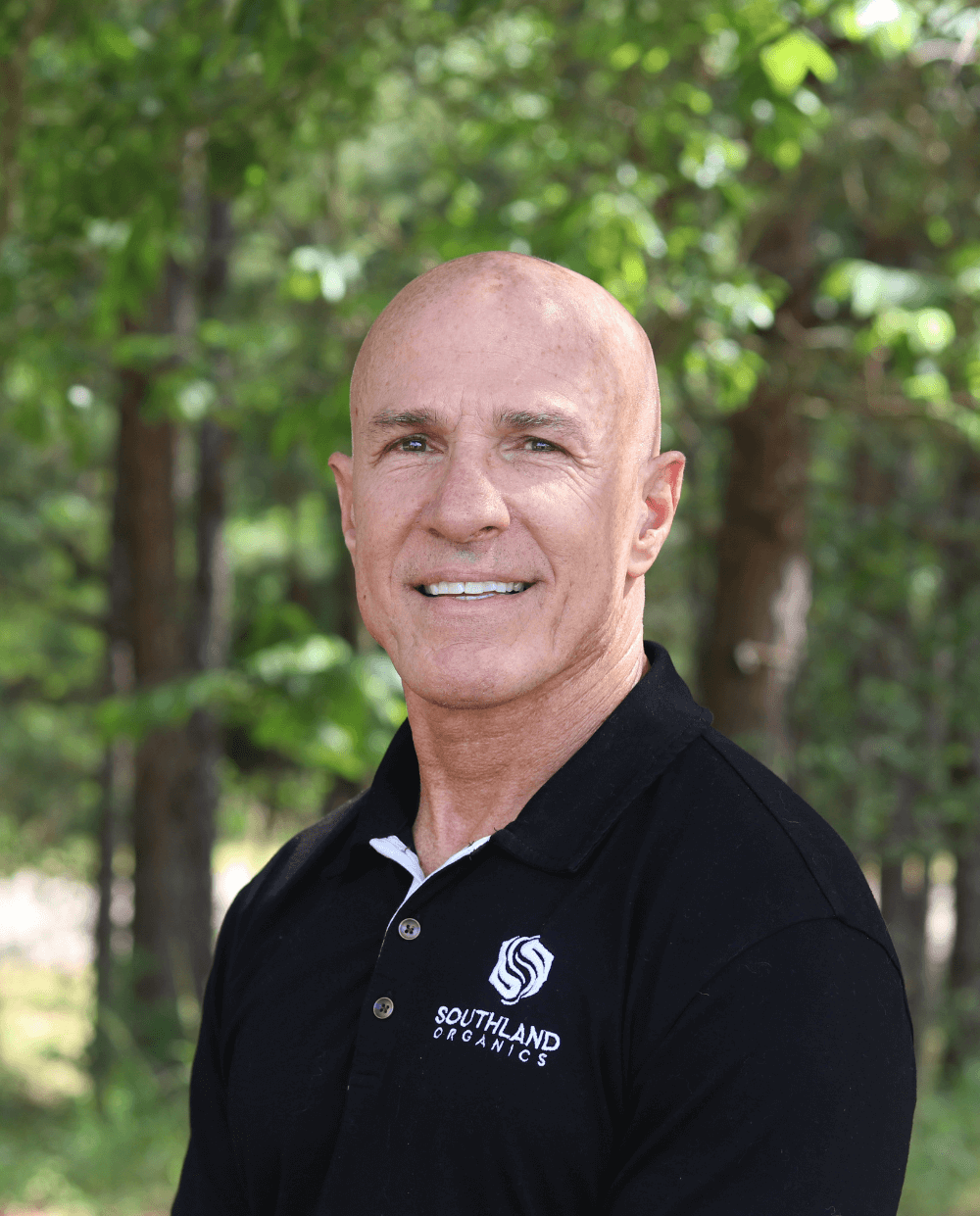Sustainability isn’t just a buzzword. It has a major impact on the world, and the poultry industry is no stranger to implementing practices to improve sustainability. Let’s talk about 18 of those sustainable practices, which are highlighted by Dr. Czarick of the University of Georgia.
1. Partial-House Brooding
According to Dr. Czarick, we have cut heating costs by 10% to 30% by going to partial-house brooding.
2. Dropped-Ceiling Houses
Over the last 30 years, the industry has shifted from open-ceiling houses to dropped-ceiling houses to provide better airflow and to maintain temperatures. Plus, dropped-ceiling houses can produce 10% to 25% more air speed with the same number of tunnel fans.
3. Built-Up Litter
The shift to built-up litter has significantly reduced reliance on pine shavings, preserving this valuable natural resource. Additionally, built-up litter improves floor insulation and helps maintain more stable temperatures.
4. Litter Treatments
Litter treatments help producers minimize heating costs during brooding by controlling ammonia production in built-up litter.
5. Totally Enclosed Housing
Thirty years ago, most broiler houses had curtain-sided designs, but today, nearly all new and previously curtain-sided houses are fully enclosed. The improved insulation and airtight construction of enclosed sidewalls have been shown to lower heating costs by 30% to 50%.
6. House-Tightness Guidelines
When Dr. Czarick discusses house-tightness guidelines, he’s referring to the ability to measure and regulate static pressure to maintain proper airflow and ensure bird comfort. Modern poultry houses have reduced leakage areas by half compared to those from 30 years ago, resulting in significantly lower heating costs and better control over indoor air temperature and quality.
7. Circulation Fans
I've attended numerous Poultry Association meetings where Dr. Czarick has emphasized the role of circulation fans in maintaining consistent temperatures throughout the entire house—not just in heat pockets and cool pockets. By promoting uniform airflow, these fans help create stable temperatures and drier litter, ultimately reducing heating costs.
8. Attic Inlets
Producers have discovered that drawing warmer air, ranging from 5°F to 30°F, from the attic during daylight hours allows for increased ventilation in cold weather while keeping heating expenses low.
9. Energy Efficient Tunnel Fans
In the last 30 years, the energy efficiency of tunnel fans has improved from around 18 cfm/watt to 25 cfm/watt, resulting in a roughly 30% reduction in the cost of moving a cubic foot of air.
10. Increased Levels of Insulation
In the 1990s, dropped-ceiling houses generally had an R-value of 12 ft2·°F·h/BTU. Today, the standard ceiling R-value has almost doubled to 21 ft2·°F·h/BTU, reducing heat loss through the ceiling by approximately 50% during cold weather.
11. LED Lighting
The widespread adoption of LED lighting has significantly reduced poultry house lighting costs by at least 70% compared to conventional incandescent lighting. For more information on LED lighting, watch our video with poultry farmer Jason Jackson.
12. Insulated Tunnel Doors
Switching to insulated tunnel doors instead of tunnel-inlet curtains has reduced heating costs by at least 10% and improved bird cooling consistency when using tunnel ventilation during hot weather.
13. Variable-Speed Tunnel Fans
Recently introduced to the poultry industry, variable-speed motors on tunnel-ventilation fans offer more precise control over air exchange rates and could cut fan operating costs by up to 50%. Field trials have demonstrated that these variable-speed fans can reduce ventilation costs by 30%, even when compared to top-performing fixed-speed exhaust fans.
14. Evaporative-Cooling Pads
The use of evaporative-cooling pads has enabled producers to maintain cooler temperatures for their birds, even on the hottest summer days. These pads can lower the temperature of incoming air by 10°F to 30°F, while consuming only a fraction of the energy required by traditional air-conditioning systems. To learn more, check out our video on cool cell pads.
15. Environmental Controllers
Modern environmental controllers in poultry houses enable producers to regulate temperature and air quality with greater precision, while also reducing the chances of heating and cooling systems running at the same time, thus preventing unnecessary gas and electricity consumption.
16. Radiant Heaters
Approximately 50% of the heat generated by a radiant heater is radiant heat, which directly warms the floor and the birds. To compare types of heaters, watch our video on poultry house heater options.
17. Sidewall Air Inlets
The widespread use of negative-pressure ventilation with side-wall inlets has greatly enhanced environmental conditions for birds during cold weather while also reducing heating costs. The air inlets guide the cold incoming air along the ceiling, where it can be warmed by the hot air near the ceiling generated by the heating system and the birds.
18. Tunnel Ventilation
In the early 1980s, most poultry houses relied on curtain ventilation during the summer, with a few 36-inch fans providing minimal airflow over the birds, often only managing to keep them alive with limited success. Tunnel ventilation has allowed producers to keep birds comfortable and thriving even during the summer. The consistent airflow produced by today’s energy-efficient tunnel-ventilation fans would be hard to achieve with circulation fans, and would consume far more electricity than a modern tunnel system.
Thank You!
I want to express my gratitude to all of you for not only providing food for the world but doing it in an energy-efficient way. Farmers often get criticized for not taking care of the environment, but I hope this video helps those who criticize to realize that the poultry industry is doing a lot to promote sustainability.
Sustainability Checklist
Lastly, we're always talking about saving money. So, use these 18 items as a checklist to see if you’ve implemented them on your farm. Maybe there are a couple you haven’t tackled yet. By making these changes, you'll not only keep more money in your pocket, but chances are, the government will help cover some of the costs since they reward sustainability efforts.
Contact Us
If you have any questions, contact me at allen@southlandorganics.com. And for more information for poultry growers, subscribe to our YouTube channel.





